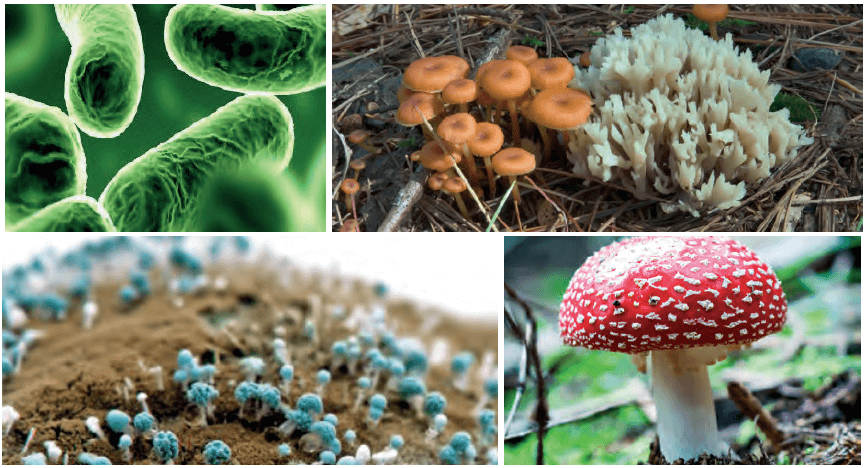The biotic factors are all living organisms, which interact with other living organisms. On the other hand, the relationships between the organisms of an ecosystem are also called biotic factors.
These relationships condition the existence of all the inhabitants of the ecosystem, since they modify their behavior, their way of feeding and reproducing, and in general the necessary conditions to survive.
Relationships of dependence and competition are among these relationships. That is to say that biotic factors are living beings, but always considered in a network of relationships between flora and fauna.
In the ecosystem there are also abiotic factors, which are those that also condition the existence of living beings, but that are not living beings, such as water, heat, light, etc.

Biotic factors are classified as:
- Individual factor: An organism individually. That is, a particular horse, a particular bacterium, a particular tree. When studying changes in an ecosystem, it is important to determine if a single individual of a species can cause significant changes or not.
- Population biotic factor: They are the set of individuals that inhabit the same area and are of the same species. Population biotic factors always modify the ecosystem in which they are integrated.
- Biotic factor community: They are a set of different biotic populations that coexist in the same area. The concept of community biotic factor allows to observe the relationships between the populations but also as the community as a whole is related to other populations that do not belong to the community.
Examples of biotic factors
1. Producers
Producers are those organisms that produce their own food. They are also called autotrophs.
- Dandelion
- Sunflowers
- Bamboo
- Cane
- Acacia
- plum
- Wheat
- Palm
- Almond
- tree
- nine
- peach
- Rice
- Grass
2. Consumers
Consuming organisms are those that can not produce their own food. Here we include herbivores, carnivores and omnivores.
- snake
- cow
- shark
- vulture
- tiger
- crocodile
- caterpillar
- panda bear
- horse
- sheep
- goat
- kangaroo
- rhinoceros
- zebra
- eagle
- turtle
- deer
- fox
- rabbit
3. Decomposers
Decomposers feed on organic matter, decomposing it into its basic elements.
- Flies (insect)
- Azotobacter (bacterium)
- Diptera (insect)
- Pseudomonas (bacteria)
- Trichoceridae (insect)
- Achromobacter (bacterium)
- Aranea (insect)
- Actinobacter (bacterium)
- Calliphoridae (insect)
- Mutualistic fungi
- Silphidae (insect)
- Parasitic fungi
- Histeridae (insect)
- Saprobic fungi
- Mosquito larvae (insect)
- Hornets (insect)
- Earthworms
- Acari (insect)
- Slugs
- Beetles (insect)